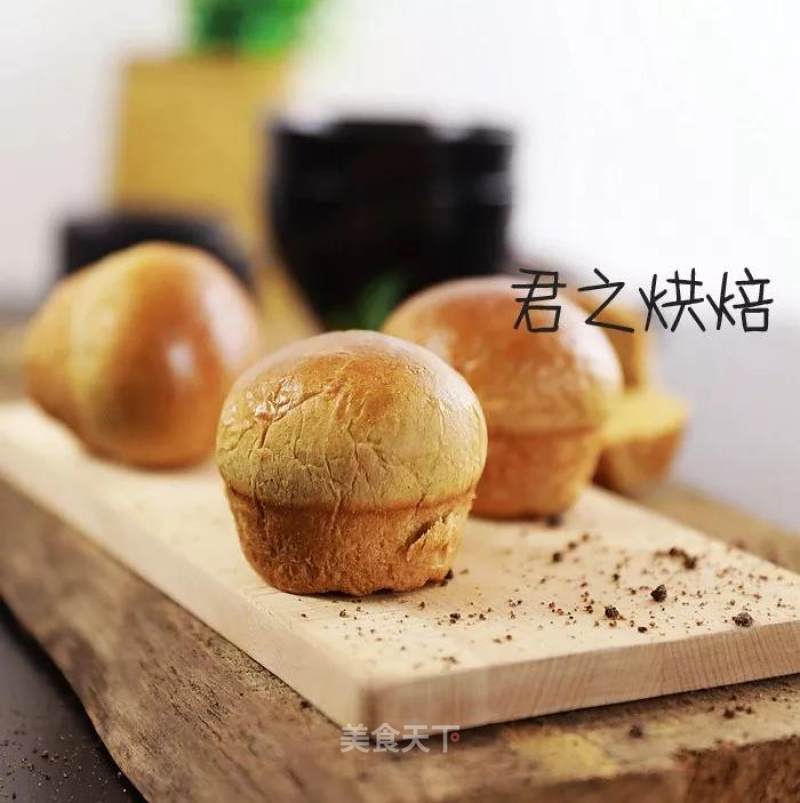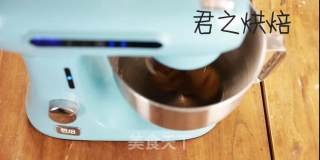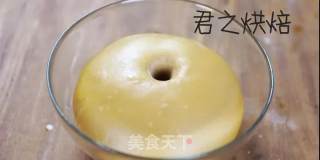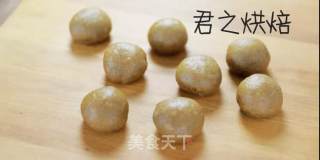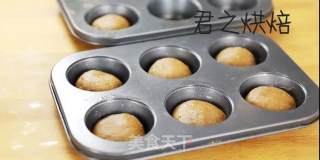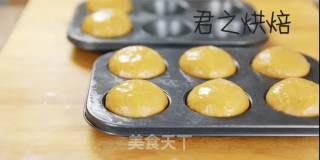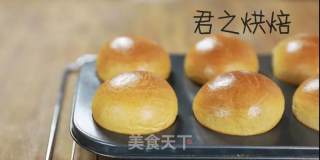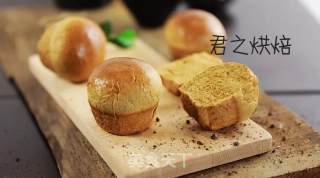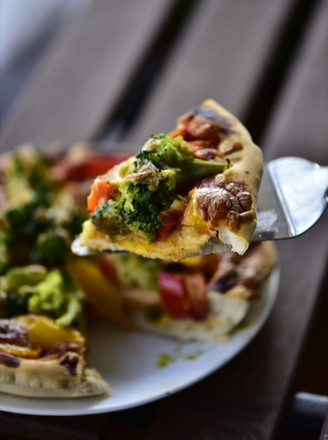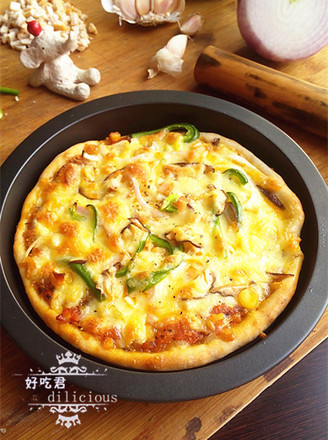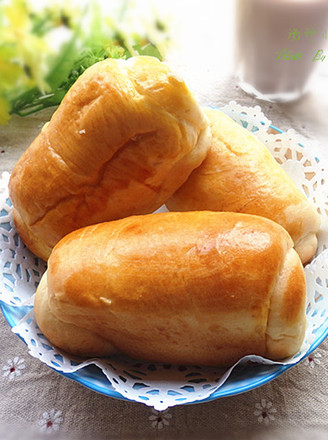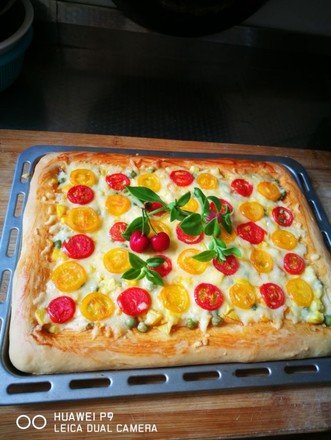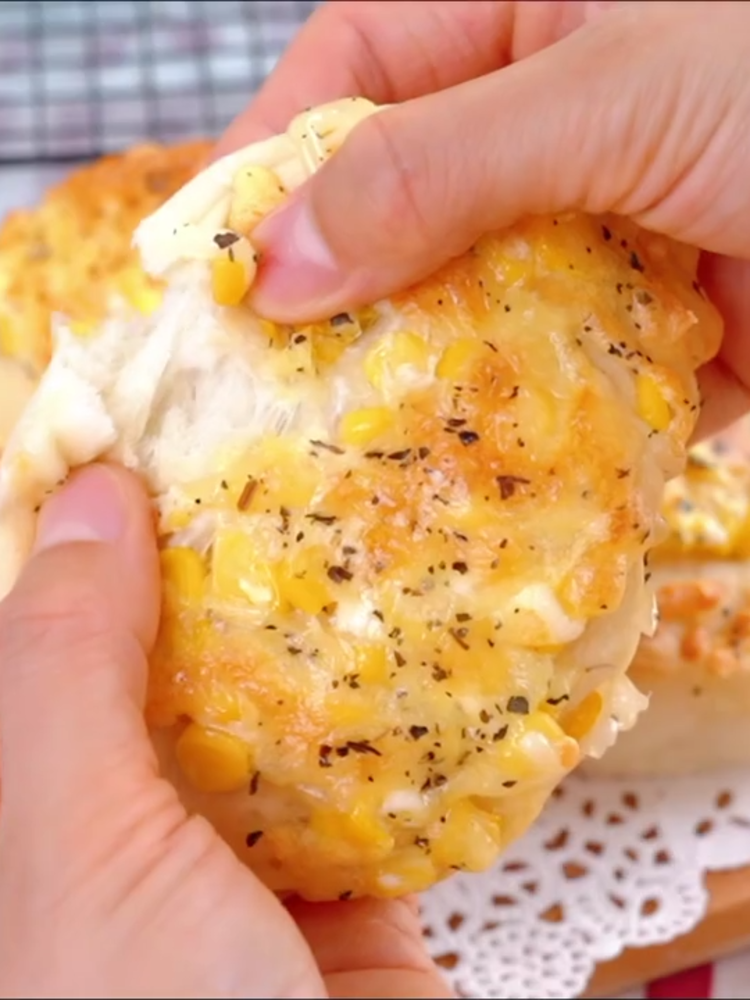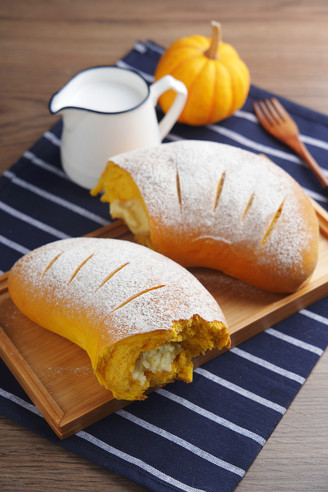Brown Sugar Bread
1.
First of all, we need to deal with the brown sugar. If you have a wall breaker, you can put brown sugar into the grinding cup of the wall breaker and use the dry grinding function to beat it into brown sugar powder (pictured left). If there is no wall breaker, replace the water in the formula with boiling water, mix and stir the brown sugar and boiling water until the brown sugar is completely dissolved in the water and become brown sugar water. Use after cooling (pictured right). ★Brown sugar is different from the fine granulated sugar we usually use. It has a loose texture and is easy to agglomerate. Therefore, it must be beaten into brown sugar powder or dissolved into brown sugar water before kneading, otherwise it is easy to leave undissolved brown sugar particles in the dough.


2.
Then you can start kneading the dough. Put all the ingredients except the butter into the mixing bowl of the Jun Baker, and knead for 10 minutes on the 2nd gear. Then add the softened butter and continue to knead for 8 minutes at the 2nd gear. ★Different flours have different water absorption properties. Please adjust the amount of water according to the actual situation and knead it into a very soft dough that does not stick to the bottom of the bowl. ★You can also knead the dough by hand. After kneading the dough, add butter and continue to knead until the film is formed.
3.
Check if the dough is out of film. This dough should be kneaded to the expansion stage and stretched slowly by hand to get a transparent film. If the dough has not yet come out of the film, you can continue to knead it for 2-3 minutes at level 4, and check the film out of the dough until it comes out.
4.
Put the kneaded dough in a basin, cover with plastic wrap, and leave to rise in a warm place for about 90 minutes, until the dough becomes large.
5.
The dough has grown to about 2.5 times its original size. Dip the flour with your fingers and gently poke into the dough. After the fingers are pulled out, the holes do not shrink or collapse, indicating that the fermentation is good (if it shrinks, it means that the fermentation is not enough. If it collapses, it means that the fermentation is over-fermented. Up). ★The sugar and oil content of this dough is higher than that of ordinary bread, so the fermentation time will be slightly longer. At the same time, try to use bread-specific high-sugar-tolerant yeast to ensure stable fermentation.
6.
The fermented dough is flattened with the palm of your hand to completely exhaust the air (you can use a rolling pin to flatten the dough to help the air in the dough expel), then divide it into 8 parts and round them separately.
7.
Spread the oil into the cake mold to prevent sticking, then flatten the dough into the mold. ★You can also put the small round dough on the baking tray and ferment directly without using a mold to make a round small bread.
8.
Carry out the final fermentation (ideal fermentation temperature 38°C, humidity 85%). Prove until the dough becomes twice as large, it takes about 40 minutes. The fermented dough will rebound by sticking the flour with your fingers. If the dough collapses when pressed, it means that the fermentation has been excessive. Brush a layer of whole egg liquid on the surface of the dough.
9.
Put it in a preheated oven with a high and low heat of 170℃, middle layer, bake for about 15 minutes, until the surface is golden brown and ready to go out of the oven.
10.
Finished product.
Tips:
1. You can add 1/8 teaspoon of cinnamon powder to the dough to make the bread with the aroma of cinnamon, which matches the flavor of brown sugar, and makes people feel warmer. Don’t add cinnamon if you don’t like it.
2. This recipe will not be very sweet. In order to ensure sufficient flavor, it is not recommended to reduce sugar. If sugar is reduced, the amount of water may need to be increased accordingly.

